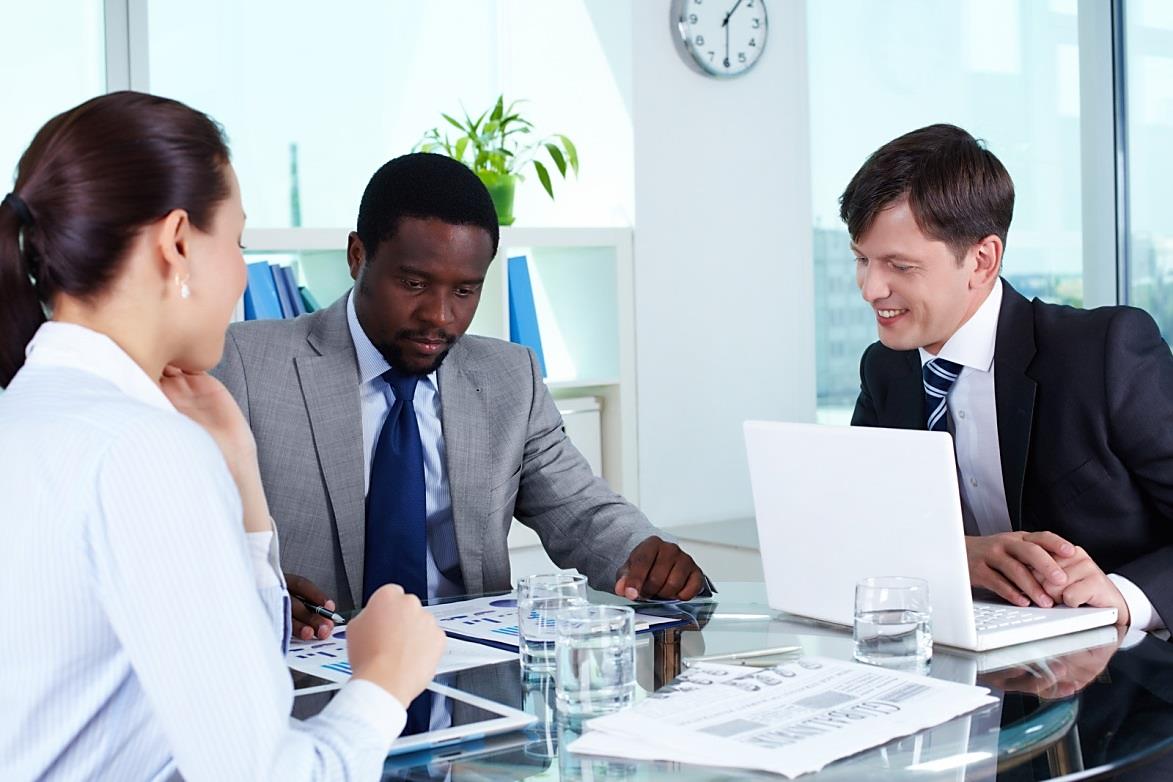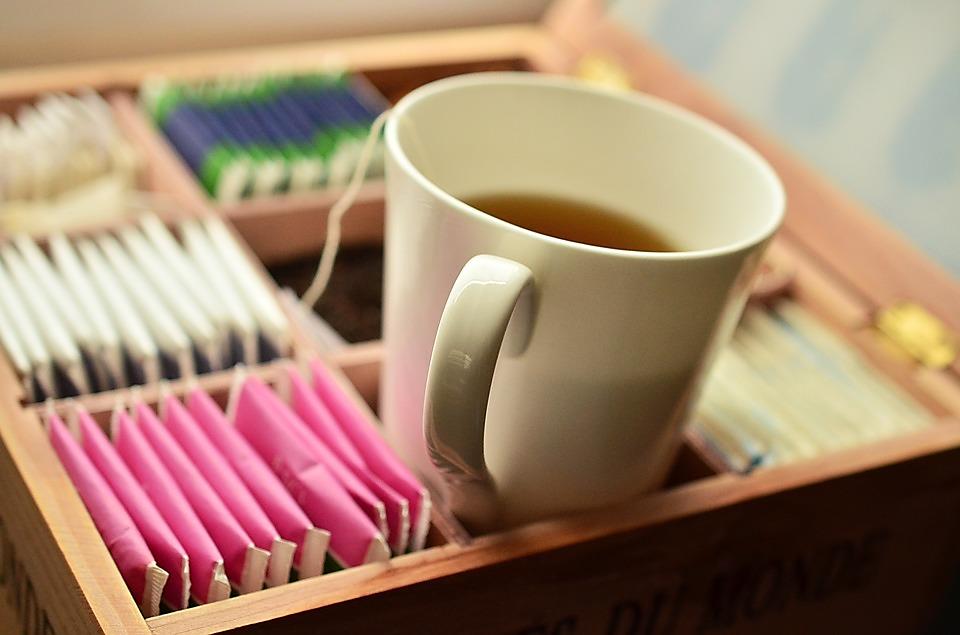
Water in Schools – Does your children’s school promote the drinking of water?
*Various campaigns and studies to do with schools and drinking water conducted over the last decade or so have produced a mixed bag of results.
What is clear though: a hydrated child is a much happier child. This fact, combined with you as the parents leading by example and the schools ensuring that drinking water is readily available, makes for a more holistic approach to hydration.
It boosts learning
- The key to boosting the capacity to learn is to keep well hydrated throughout the day.
- When we are thirsty, mental performance including memory, attention and concentration can decrease by around 10%. Pupils concentrate better because they are not distracted by the effects of dehydration such as thirst, tiredness and irritability.
- Children will achieve more when both their health and learning needs are met. Ensuring free access to water and promoting a regular water intake throughout the school day is a vital role for schools in promoting health and providing a healthy learning environment.
It’s healthy!
- Drinking adequate amounts of water regularly throughout the day can protect health and contribute to well-being.
- Drinking sufficient water can help prevent a range of short and long-term health problems that stem from dehydration such as lethargy; dizziness; constipation; headaches and bladder, kidney and bowel problems.
- Water has none of the health problems associated with drinks containing sugar, additives, sweeteners, acids or caffeine.
Parents?
- By keeping yourself hydrated, you teach your children good drinking habits.
- By checking that your children’s school has ablutions that you would use and that there are sufficient drinking points (not only in the toilets), you’re working your way towards ensuring that your children are able to easily hydrate while at school.
And for the school?
- As children spend the majority of their day at school, it’s crucial that the school provides fresh drinking water.
- Various studies have shown that schools that lead by example and encourage their children to keep hydrated show a marked improvement in overall attention given as well as learning capabilities.
- A child who is not irritable because of dehydration means that teachers are able to better teach their pupils.
At AquAid, being involved in the provision of water for more than 20 years, we know that keeping hydrated is of vital importance. To this end, we continue to ensure that we provide the right water dispensers to meet the hydration requirements when installing our water coolers into schools, gyms and learning centres across the country.
When AquAid install a water cooler in a school or learning facility, individual water bottles are also supplied to encourage the children to fill their water bottles throughout the day.
Our water coolers can either be Mains Fed for large schools where the water consumption is high, or Bottle Fed for schools where there are no water mains close to a particular area.
*Updated from a blog posted 11 March 2013




